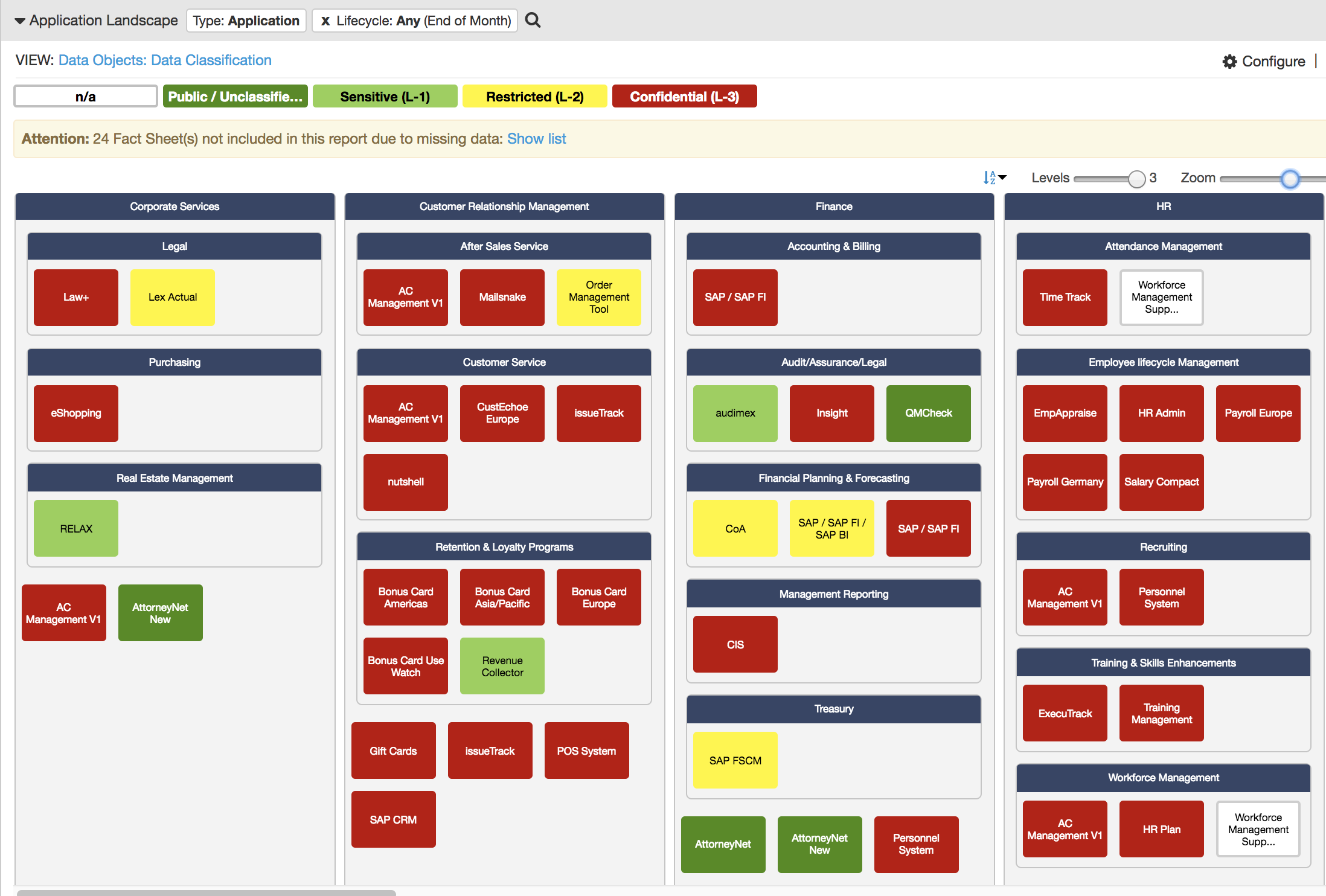
Previously, IT played a more of a supporting role; swooping in to save team members when they were locked out of their accounts or fine-tuning network access protocols. This is changing. A recent McKinsey survey revealed that many executives expect IT to play a more integrated role in driving business results. Roughly 80 percent or respondents say that business and technology should collaborate on digital strategy in the future. Going forward, IT leaders will have a leading position in shaping the future decisions of a company.
Enterprise Architects can prepare their enterprise for digital transformation in the following ways:
1. Assist Microservice Transformation
Enterprise Architects can support their companies through an agile transformation. While transitioning the codebase from a lethargic monolith to microservices brings many advantages, while the actual process may carry many complications. Integrating microservices into an existing codebase is quite different from building an entirely new system and requires someone to oversee the process. Enterprise Architects are in the best position to direct and assist this transformation.
2. Preform Application Portfolio Management
Application Project Management will enable enterprises to take a full stock-take of their applications and identify areas that need to be addressed. Studies show that 69 percent of the survey respondents didn’t know all the apps and databases currently active in their organizations. This unclear view can be costly in the long run. Application rationalization can lead to measurable savings through reducing the number of licenses and reducing the TCO of each application through vendor consolidation.
- Over 20% of applications are unused and can be retired
- License optimization results in 30% savings on licensing costs
- 45% reduction in infrastructure cost; including physical hardware and databases
- 20% reduction in operational support cost
The money saved by application rationalization can be used to invest in relevant topics that are interesting for the company, including trending topics such as blockchain, IoT, and cloud computing.
3. Utilize EAM Software
Digital transformation is changing the landscape of the IT infrastructure. In turn, Enterprise Architecture Management tools have to evolve to include new insights and views. Tools like Visio, Excel, and Sharepoint are often combined to create a makeshift tool stack for EAM, but these tools are lacking in specific support areas. See figure 1 below.
Specialized EAM software allows for:
- Complex modeling
- Interactive collaboration at the point of interest
- Descriptive visualizations
- High-quality data
- Further integrations
- Progressive scalability
- An easy demonstration of compliance

Figure 1: LeanIX software displaying the applications that use sensitive Data Objects.
4. Streamline Workflows
Digital transformation should inspire EAs to take a second look at workflows, as semi and fully automated workflows are now possible. Automating workflows allows your company to keep up with increasing business demand. Forrester's study shows that workflow automation saves companies time and money by directly increasing productivity.
Streamlined Workflows have a:
- High return on initial investment: up to 176%
- Short pay-back period: < 11 mo.
- Positive effect on employee productivity: up by 15%
Enterprise Architects are in the best position to provide direction throughout the digital transformation, from assisting in microservices transformation, performing application rationalization projects, utilizing specialized EA tools, and keeping workflows up-to-date. There is no wonder why Enterprise Architecture has risen in demand - up 26% from previous years.



